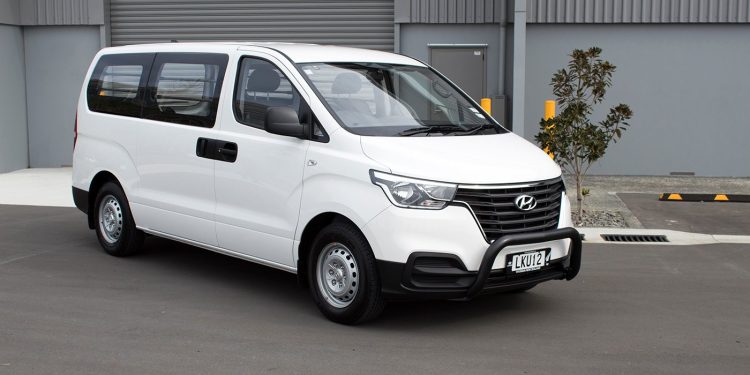2018 Hyundai iLoad review
Hyundai has given the evergreen iLoad delivery van and the iMax people mover a new look for the 2018 model year.
Commercial vehicles are known for their longevity, and none more so than the Hyundai iLoad/iMax twins which were first displayed to the world at the Seoul Motor Show in April 2007.
Before the show opened I had been part of a New Zealand delegation in Korea visiting Hyundai Motor Company’s Asan plant, and Namyang research and development centre, where we briefly drove a pre-production iLoad turbo diesel auto on the company’s proving ground.
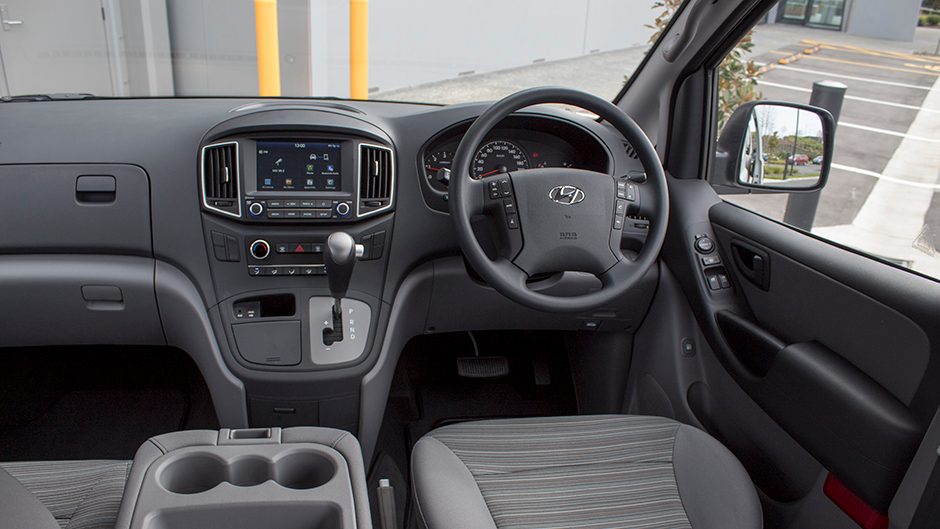
The rear-wheel drive iLoad presented itself as a friendly and comfortable vehicle to drive in 2007 and not a lot has changed in the 11 years since then, which shows that the basic design was pretty sound overall and it has been subjected to very minor tweaks.
The iLoad offers a four-star safety rating, it comes with dual front and side airbags, ABS brakes, and electronic stability control as standard. A differential lock on the rear axle provides more traction when faced with slippery terrain or challenging work sites.
Since Hyundai launched the iLoad here in 2008, there was a change to the powertrains in 2012, a specification update in 2016, and now a long overdue cosmetic makeover in 2018.
The new rectangular front headlamps, larger front radiator grille and redesigned front bumper have given the iLoad a much fresher and more contemporary appearance which can only help to maintain its popularity with fleet buyers.
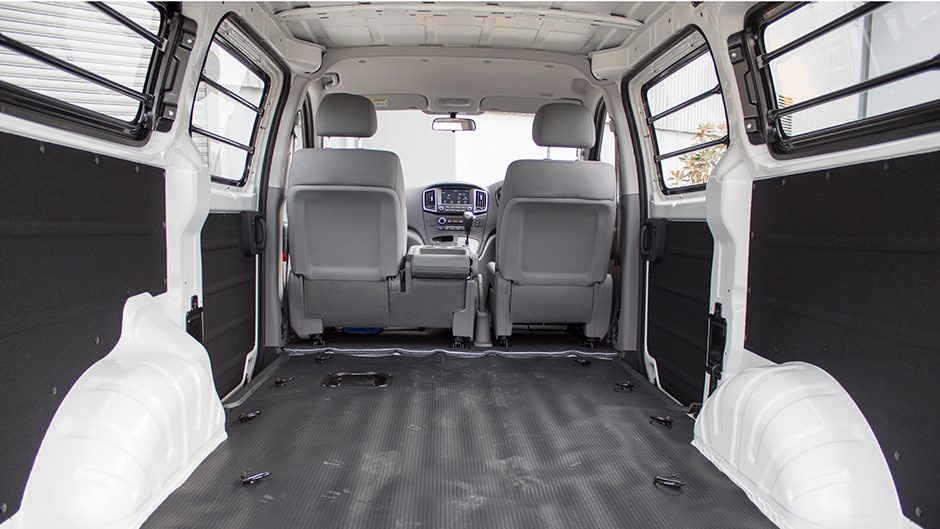
Inside the cabin there is a new interior trim and upholstery, there’s a new audio system with Apple CarPlay and Android Auto functionality, and the addition of automatic light control. There is also a decent Bluetooth system should you not have a cable for your Samsung or iPhone to plug into the audio/telephony USB connection port.
Interestingly in 2012 the manual version of the iLoad changed from a five-speed manual to a six-speed, but Hyundai changed out the variable geometry turbocharger (VGT) from the 2.5-litre four-cylinder diesel engine in favour of a waste gate turbocharger (WGT) unit, resulting in lower power and torque output of 100kW and 343Nm from the previous output of 125 kW and 392Nm.
However the WGT engine has an earlier peak torque figure, arriving from 1500 rpm, and fuel consumption for the manual iLoad is quoted at 8L/100km. The five-speed automatic iLoad as tested retains the higher output VGT engine offering 125kW of power and 441Nm of torque, and fuel consumption of 8.8L/100km is quoted by the factory.
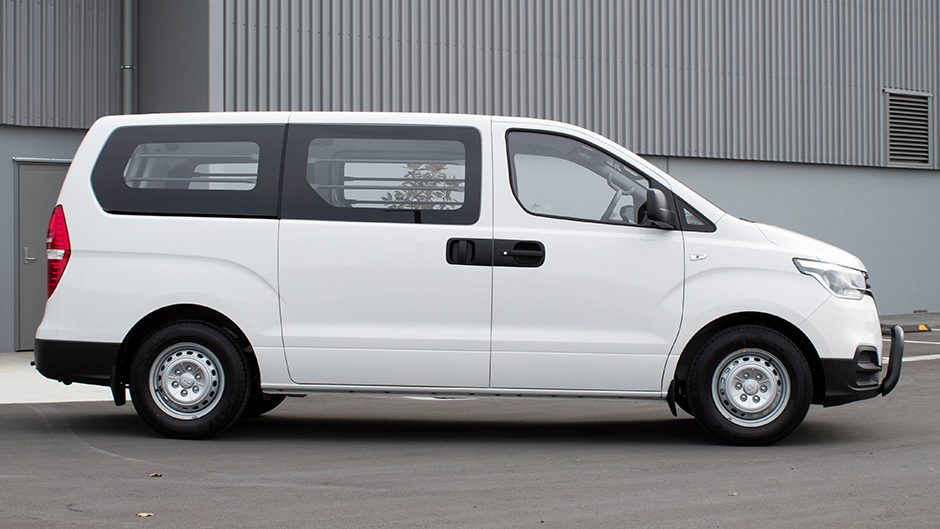
Ironically the lesser-powered manual version of the iLoad has the greater braked towing capacity of 2000kg but the automatic version only offers a braked towing capability of 1500kg.
The iLoad can also be optioned with a three-person bench seat in the rear compartment to turn the vehicle into a crew carrier, or for greater security and safety buyers also have the option of fitting a full-steel bulkhead between the front seat passengers and the cargo area.
Customers can also choose to take the “blind” option where the van is supplied with solid rear steel panels rather than glazed rear windows, and the tailgate can also be swapped out for twin rear barn doors for those people who regularly load cargo into the van with a forklift.
There are a heap of dealer-fit accessory options, of which two were fitted to the text vehicle being the black front nudge bar and the custom fitted towbar.
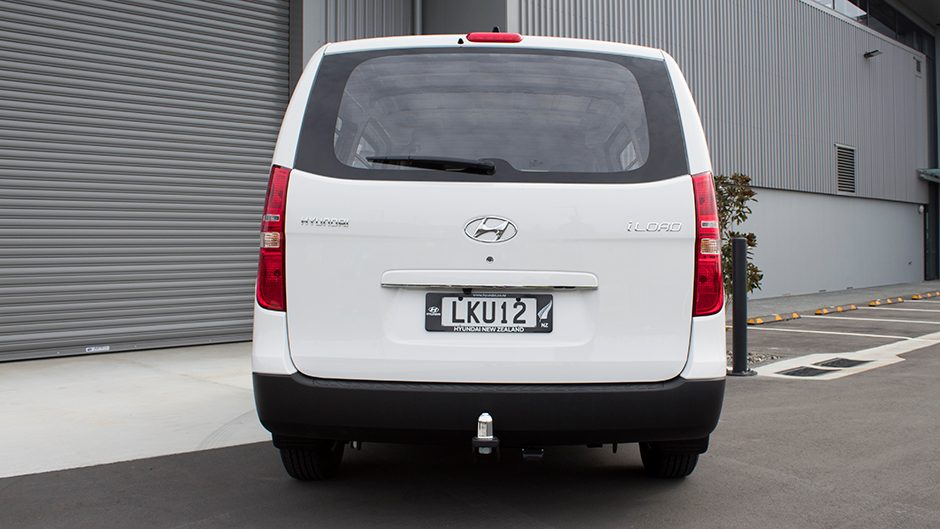
In addition, customers can purchase a set of custom carpet mats or rubber mats, a cargo barrier, headlight covers, reversing sensors, window visors, rear bull bar, and a genuine Hyundai triple roof rack system which will carry a load capacity of 125kg evenly distributed across the three bars.
The iLoad has a traditional leaf-spring/live rear axle which allows the manual version to carry a maximum payload up to 1113kg while the automatic can take a payload up to 1098kg. The van’s 2047kg kerb weight (2062kg for the auto) betrays its robust body structure, thick load floor and large sub-frames below.
A 3200mm wheelbase translates into an overall cargo area of 4426 litres or 4.3 cubic metres, and items upton to 2500mm in length will fit into the vehicle.
There’s also 1260mm between the rear wheel housings, so it should cater for most pallet sizes with enough length to carry two onboard if required. It also features sliding doors on both sides for easy loading and unloading.
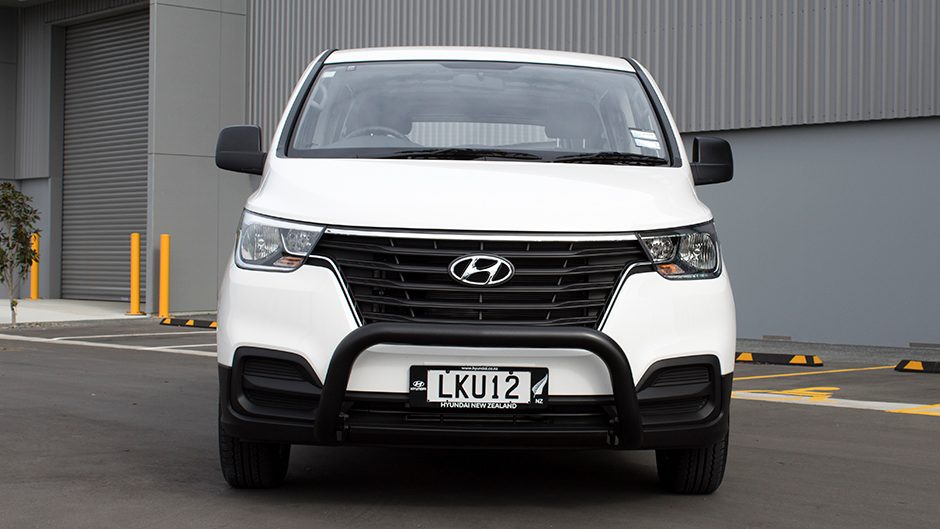
On the road the iLoad does suffer a little bit from the suspension jitters when unladen, but the rack and pinion hydraulic power steering feels sharp and responsive, and the performance from the 125kW engine is strong and lively and the five-speed automatic changes quickly and smoothly.
Not having a full steel bulkhead between the cabin and the rear compartment as a standard fit also means there is a bit more road noise transmitted into the cabin at motorway speed when the vehicle is devoid of cargo but it’s not enough to cause concern to the health and safety police.
Parking the iLoad is made easier thanks to the standard fit rear camera, and the tight turning circle of 5.6 metres kerb to kerb.
As a tool of trade vehicle the iLoad may be aging but it still has the features and functions to satisfy most buyers and no doubt the 2018 facelift should keep the popular workhorse in good heart for a few more years yet.
| Model | 2018 Hyundai iLoad | Price | $50,990 |
| Engine | 2497cc, 4-Cylinder, 125kW/441Nm | Drivetrain | 5-speed auto |
| Fuel Use | 8.8L/100km | C02 Output | 0g/km |
| 0-100km/h | 0.00 sec | Weight | 2062kg kerb weight |
| Service | 10,000km intervals, 3 year / 100,000km warranty | Load | |
| Vitals | 3160kg GVM, 1098kg payload | Vitals | 1500kg towing capacity |


